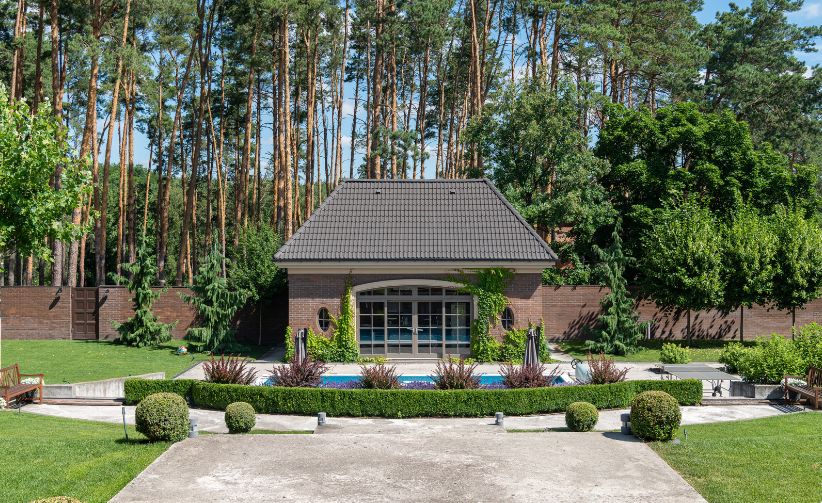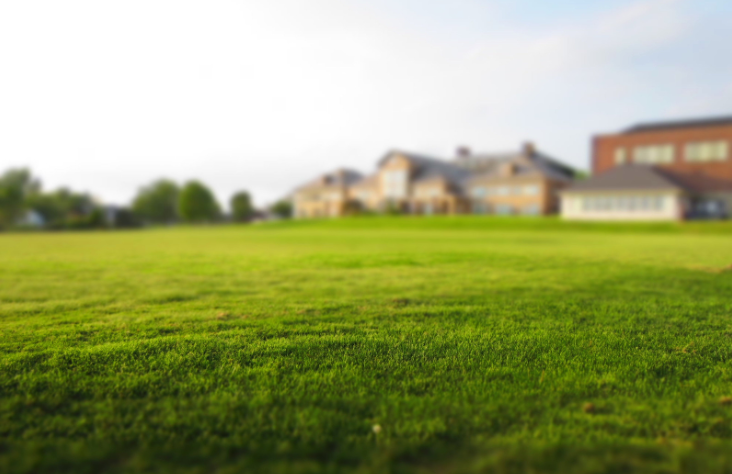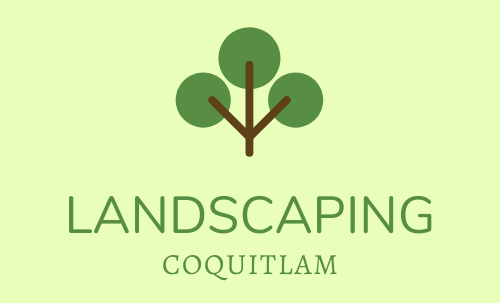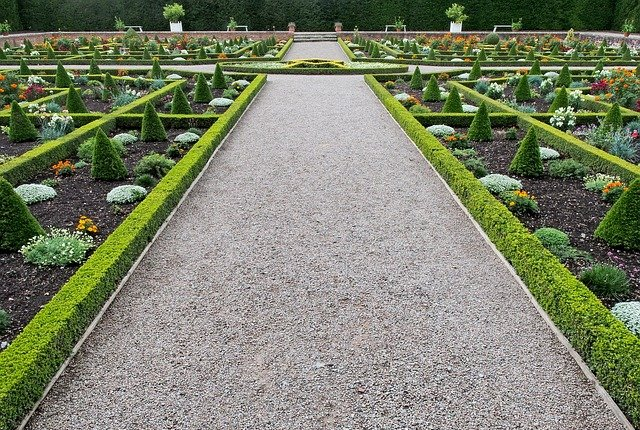How Do You Know If You Need a Retaining Wall?
How Do You Know If You Need a Retaining Wall?
Retaining walls are a common element found in many outdoor spaces, as they offer structural support and add to a space's overall appeal. There are significant uses for retaining walls and they might be necessary to sustain an appealing outdoor space, which is why they have become so commonplace in the landscaping world. Deciding whether or not a retaining wall is needed requires knowledge about best practices, as well as an understanding of how to properly design and build a wall that matches the general atmosphere of the space in consideration.
What is a Retaining Wall?
A retaining wall is a structure built to hold soil or land mass behind it (source). These walls are used primarily to avoid erosion and offer extra support to sloped or raised areas surrounding commercial and residential buildings. Retaining walls can add an element of design to an outdoor space depending on the style of the wall and the materials used.
Retaining Wall Uses
There are a variety of reasons that a retaining wall can be beneficial to an outdoor space. These structures can serve more than one purpose and can suit homeowners in a number of ways. The most popular uses of retaining walls include:
- Erosion Maintenance - Retaining walls offer extra support that reduces the opportunity for land to move in a downward slope or collapse.
- Land Leveling - A retaining wall structure can create a more level area of land where more landscape and garden features can be added to improve a space.
- Runoff Control - Reducing the flow of rainfall and filtering out polluted streams of water is a main feature of retaining walls in a garden space.
- Extra Seating - Beyond all else, a retaining wall can add elements of design and function to an outdoor space, such as extra seating and space.
Why Would You Need a Retaining Wall?
A retaining wall is an important structure in outdoor areas where they serve a significant purpose. There are many functions of retaining walls as foundations in a landscape setting and understanding why one might be needed is crucial in deciding how to move forward with building one. Retaining walls might be needed in instances where flat land is needed, there are water drainage issues, erosion is a threat, separation of space is wanted, or foundation concerns exist (source).
Types of Retaining Walls
There are different types of retaining walls that serve unique purposes and functions. Knowing what needs for a retaining wall exist will help in choosing what type of wall will be of the most benefit. One of the most popular types of retaining walls are gravity walls, which use their weight to hold soil in place. Another kind of retaining wall is a cantilevered wall that uses steel bars through concrete, connecting to a slab underneath the soil. Sheet piling retaining walls are also common and are best used when space is limited as they take up little room. The last type of popular retaining wall is the anchored retaining wall, which allows for a variety of front facing designs because of the anchoring into the ground behind the structure (source).
Planning and building a retaining wall can serve a variety of purposes, some related to foundational functions and others based on design concepts. Regardless of why a retaining wall is desired, understanding its function in a specific space is key to knowing what type of wall to build and how to go about the process. A retaining wall can be a rewarding structure that benefits a space immensely and should be considered as an addition to any outdoor area. Get in touch with
our team for a free quote!
You might also like





